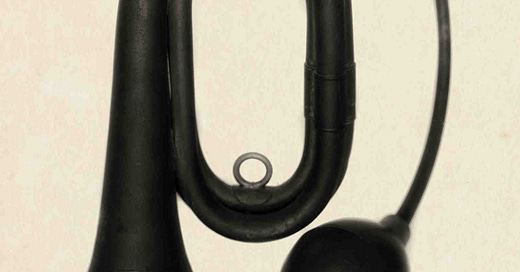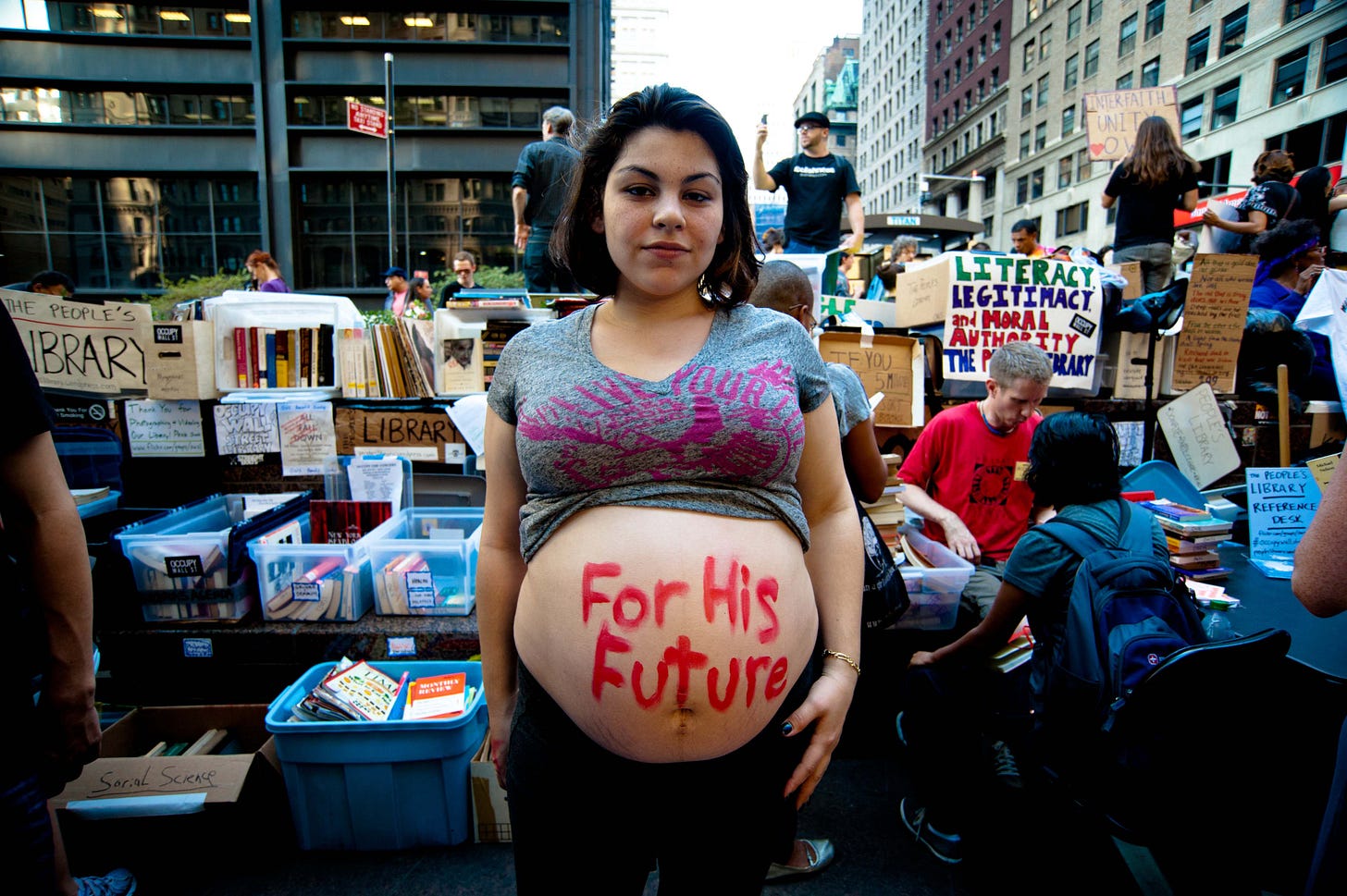In the summer of 2008, I was in a rural area of the Dominican Republic taking photos, planting mango and avocado trees, and smoking huge cigars. One day, I received a phone call from a fellow photographer in the United States who wanted to say hello and catch up on the latest news, as we hadn't spoken in a long time.
During our conversation, in addition to the usual complaints about our rapidly disappearing profession, my friend told me that a new way to gain visibility in the field of photography might be to establish a presence on social media: an online presence that at the time mainly consisted in building a “web page” and sharing images on Flicker and Facebook, but which in the following years expanded exponentially to include platforms such as Twitter, Instagram, YouTube, and a myriad of other smaller ones.
Although I had never been a real lover of computers or digital technology (in 2008 I was still mainly using film), as an attempt to ‘revive’ my business and, hopefully, attract new customers,
I tried to follow my friend's advice and entered what I soon heard referred to as the era of 'online sharing' or, with an even more delusional term, the universe of “social” media.
At first, my online experience was not unpleasant: although I did not meet any new customers, I quickly found many people interested in my work, I engaged in discussions about the possible meaning or scope of my photos with many of them, and I even met a handful of artists with whom I began to correspond via traditional mail. Strange as it may seem, I continue to correspond with some of them even today, in 2025.
My online exchanges were, of course, very different in nature: some were intellectually stimulating and satisfying, others much less so, but all were characterized by mutual courtesy in language and a certain respect for a serious photographic practice.
Unfortunately, I soon began to notice a somewhat deviant attitude in some of my online interlocutors: many simply attached small “emoticons,” such as a heart or a thumbs-up to my photos, perhaps out of laziness in participating in a more in-depth discussion, but still eager to show their appreciation for the images I posted. Others began to try to deconstruct my photos, often judging rather arrogantly what might have inspired those images, or even just the possible techniques used to create them: they probably only looked briefly at the images, in the ever-faster flow of a relentless “timeline,” but still felt entitled to express their curatorial commentary, often dogmatic, sometimes, I dare say, almost offensive.
Worse still, in the following years, many of the images and videos I posted online were victims of plagiarism and unlawful appropriation. A university in Latin America took a dozen images I had taken during my research on Haitian-Dominican voodoo, attributing them to a photographer unknown to me and using them to create several pages on their website.
It took me a considerable effort to find their “webmaster” in Germany and send them a cease-and-desist letter stating that those images were all registered with the Copyright Office in Washington, D.C., and that if they did not remove them, I would start a legal action.
On that occasion, and on a few others, I was lucky, but I often ended up spending several hours acting as my own legal office: an entity I never had the money to actually hire and could only “pretend” to have, to the best of my ability to write in “legalese”, considering that, in those days, real copyright lawyers charged about $500 an hour for their services.
Other times, I wasn't so lucky and even received slander and defamation online as soon as I contacted the person who was infringing on the copyright of my images or videos, saying that they were illegally using those materials and politely asking them to remove them or, at the very least, to cite me as the author.
In general, online life and interactions have quickly become increasingly undisciplined, violent, and dangerous over the years, and at the same time, at least for me, unsatisfying and rather pointless.
Within the online universe, even when you are not a victim yourself, it is extremely possible to become a collateral victim. In 2011, the New York Times published a photo I took of a young pregnant woman, one of the many protesters in Zuccotti Park, New York, during the “Occupy Wall Street” demonstrations. That woman was in charge of a makeshift public library set up right there, outdoors, in the park, and she had scribbled the message “for his future” on her belly, presumably wishing her soon-to-be-born child a life rich in culture and education.
That mother-to-be had struck an important emotional chord in me, so I photographed her.
But once it was published online by the New York Times, a myriad of websites around the world reposted that image. Apart from the fact that I was never even credited for the shot, my photo was used for all sorts of weird messages, antithetical to the original one: from anti-abortion sites to far-right ones, misanthropic, anti-immigrant or anti-protesters sites, they ridiculed and belittled the woman in the photograph, trivializing, if not cruelly distorting, her peaceful message of hope that I had set out to document by taking the picture. Fade to black.
Today, in 2025, literally anything published on the web is likely to quickly become a potential target of hatred, fraud, misunderstanding, abuse, or verbal violence, if not something worse, such as evidence of some deviance from “the norm” to be “policed” by MAGA supporters.
Society is clearly interacting less and less face to face: from food to banking, shopping to sex, politics to finance, most people today interact in a virtual world, not only on the generic “web,” but also on what is still stubbornly, yet erroneously, called “social” media. The vast majority of these connections and transactions often take place between complete strangers, sometimes not even human beings, but ‘BOTS’ (short for robots), generated and powered by artificial intelligence: difficult, if not impossible, to distinguish one from the other.
In the current scenario, there is actually very little left of the “social” quality of interactions on “social media.” The most basic rules of conduct that allow for peaceful, polite, and civil interactions have now been obliterated and seem to have been completely removed from the primordial instruction manual, the ancient web etiquette.
Throughout the hellish “cesspool” of today's online world, many fundamental rules for a peaceful human exchange are deliberately ignored and transgressed in an even more blatant and brutal way than in real life, which, to put it mildly, is not a good sign.
Worse still, alongside those behavioral and ethical guarantees for civil discourse that have now been scrapped, there are several other elements, useful, if not fundamental, that have now disappeared in the current deregulation of humanity online: grammar, syntax, history, science, physics, reality based facts, mutual respect, a sense of shame, decency, honesty, are among the many forgotten victims, in the celebration of ignorance and incivility that are now being validated and condoned globally.
This suggests that, as Isaac Asimov perceived many years ago, today a large number of people seem to believe that ignorance has exactly the same value and weight as culture.
Perhaps never before in the history of the world, have we found ourselves so irrevocably sucked into such a chaotic, undisciplined, and dangerous virtual arena, where politics and penis extensions, pornography and cartoons, organic food and Nazi propaganda can share the same screen, appear side by side, and easily get the same attention from the observer.
The only rules that still exist, constantly updated and modified “ad hoc,” are those dictated by the current owners of this virtual world, through their algorithms. I could find many adjectives to describe their greed, their double standards and their evil opportunism, but, after all, these technocrats are not so different from their predecessors, since the dawn of the industrial revolution or even before.
However, the machines, the apparatus that produce their wealth and power, are now much more sophisticated than a Ford Model T or a steam tractor, and much more subtle, pervasive, and invasive than anything humanity has ever known before.
Goebbels' propaganda reach makes us laugh in comparison to Musk's.
On the other hand, it would be up to us, as citizens, to put an end to such misuse of an otherwise potentially useful and creative technology for humanity, but we simply do not do so.
So, what keeps us there, frantically scrolling through our smartphone screens and tapping away at a computer keyboard for so many hours a day?
Many things, and none of them are positive ones.
Boredom, loneliness, laziness, social isolation, sprawling, horrible urban and mental spaces in which many of us find ourselves forced to live, dependent personalities, false hopes, egocentric ambitions, passive aggressivity, lack of control over our time, the cult of too many stupid celebrities, the absence of a comprehensible and humanly achievable social and cultural alternative.
But above all, what keeps us there, wasting our time and diminishing our higher principles in order to exist on the planet, is our deep and widespread ignorance: clearly, family, the education system, and the media have all failed, in recent decades, to help us become unique individuals, instead turning us into followers of something or someone, into anxious and submissive consumers, into pitiful functional illiterates, frustrated, locked in our virtual echo chambers.
Pier Paolo Pasolini predicted this, a long time ago.
The very concept of online ‘influencers’ and ‘followers’ replicates a metastatic social pact that has existed since the dawn of time. I despise those two words: they seek to define a different kind of rich and poor, not only in financial terms as in the past, but much more dangerously, in social and cultural terms.
What is “cool” and what is not, what is worth seeing, hearing, knowing, and what is not?
What are these guidelines, these recommendations, these “influences” based upon?
On cunning marketing, fueled by the algorithms of wealth and privilege of the few. Nothing else.
In 2025, I still use the Internet, but with great moderation and mainly out of necessity: like most things nowadays, from doctor's appointments to communicating with work colleagues and friends, that idea they call “progress” almost always requires me to use a computer.
I adapt, but I definitely tend to be less and less interested (almost not at all, in fact) in social media, which, on the rare occasions when I still visit those pages, depresses me and makes me feel great sadness for my fellow humans, especially for the many, too many, who continue to use or abuse it on a daily basis.
In 2025, I find myself holding something similar to the glass paperweight from Orwell's book “1984”: do you remember it? That old piece of glass that Winston Smith buys in a junk shop, surely driven by a desire to connect with the past, to discover the truth about what happened to society. That glass paperweight, from a time that no longer exists in the Party's rewriting of history, when things were created for the sole purpose of being beautiful.
My glass paperweight is actually a fountain pen, and I often like to listen to its nib, singing songs of love, compassion, and analogically human hopes as I write a letter to an old friend.







